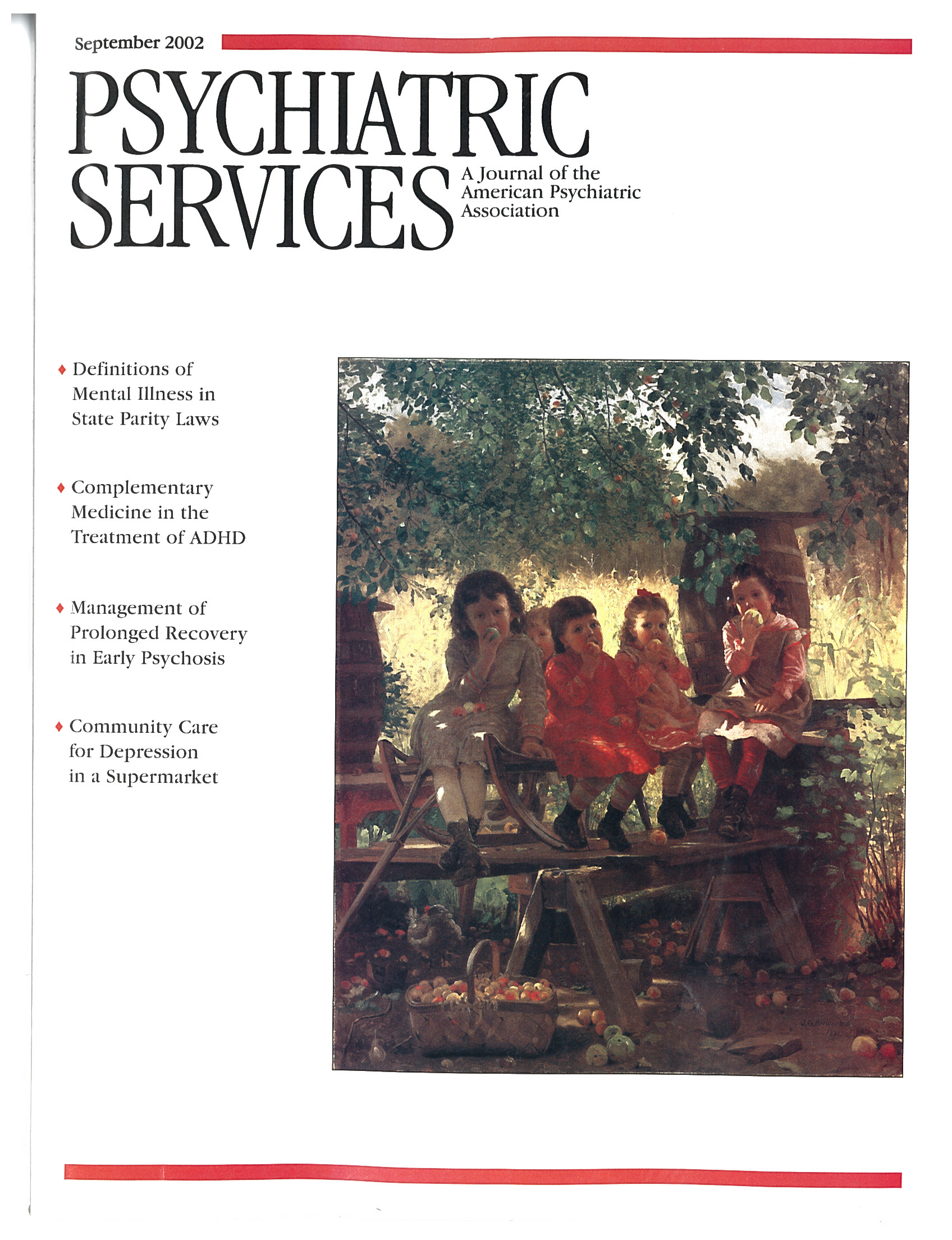A Review of Interventions to Reduce the Prevalence of Parasuicide
Abstract
OBJECTIVE: The author reviewed studies of treatments for parasuicide in order to assist health services planners, administrators, and clinicians develop and improve interventions for parasuicide and decrease its prevalence. METHODS: Parasuicide, which is a major risk factor for completed suicide, was defined as any nonfatal self-injury, including suicide attempts and self-mutilation. The literature from 1970 to 2001 was searched using MEDLINE and PsycINFO. Only experimental and quasi-experimental controlled trials of treatment for parasuicidal individuals were selected for review. RESULTS AND CONCLUSIONS: Epidemiological research shows that parasuicide is a prevalent problem afflicting 4 to 5 percent of individuals in the United States. Parasuicide is a significant predictor of completed suicide, which is the ninth leading cause of death in the United States and accounts for 50 percent more deaths than homicide. Although research on treatments for parasuicide is limited, several treatments have received empirical support. Studies of usual care indicate that empirically supported treatments are rarely used and that standard treatments, particularly hospitalization, are very expensive. The author suggests eight practical steps, based on the literature and established health services strategies, for improving services to parasuicidal individuals. These steps are establishing case registries, evaluating the quality of care for parasuicidal persons, evaluating training in empirically supported treatments for parasuicide, ensuring fidelity to treatment models, evaluating treatment outcomes, identifying local programs for evaluation, providing infrastructural supports to treating clinicians, and implementing quality improvement projects.



